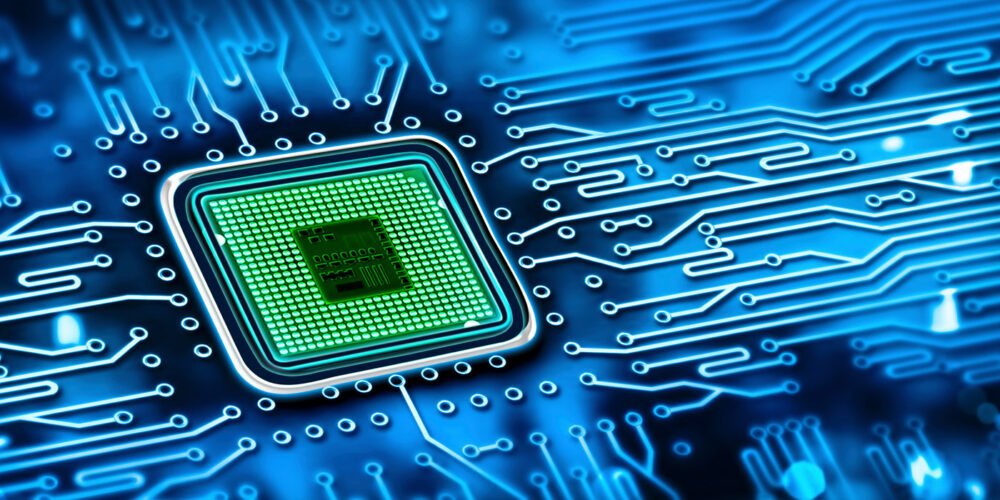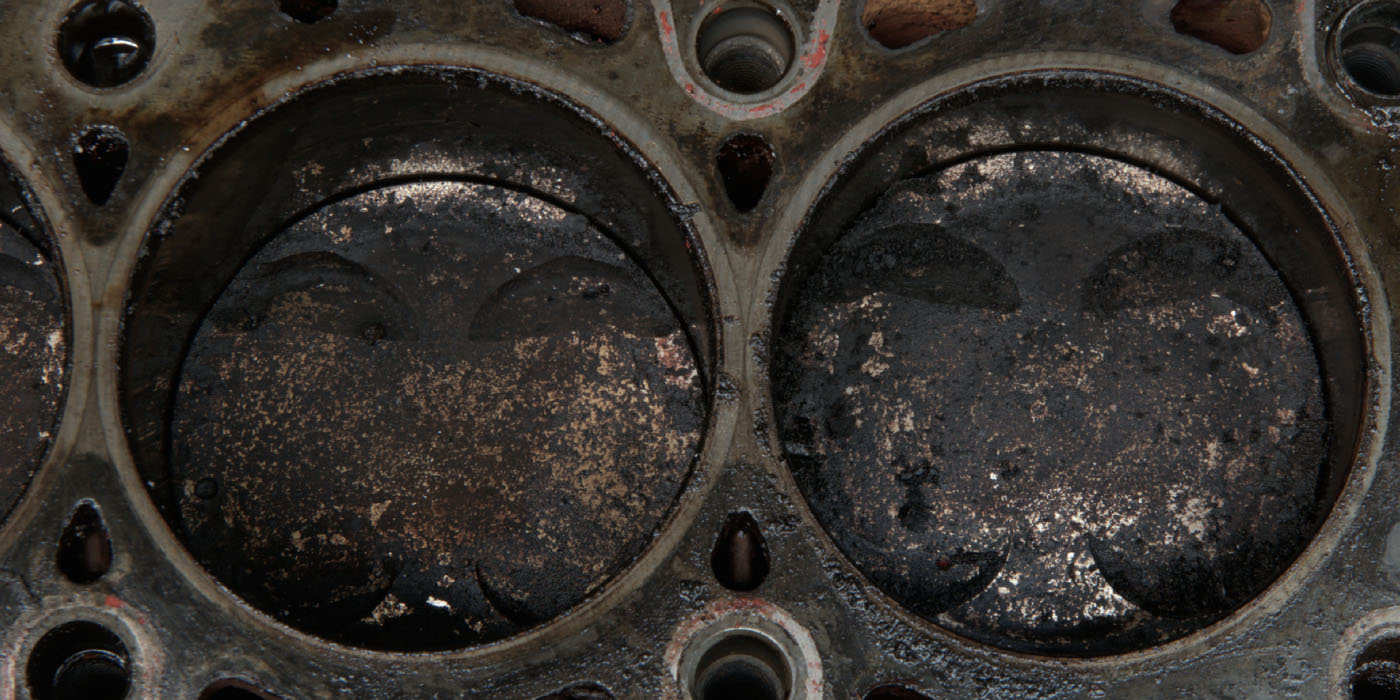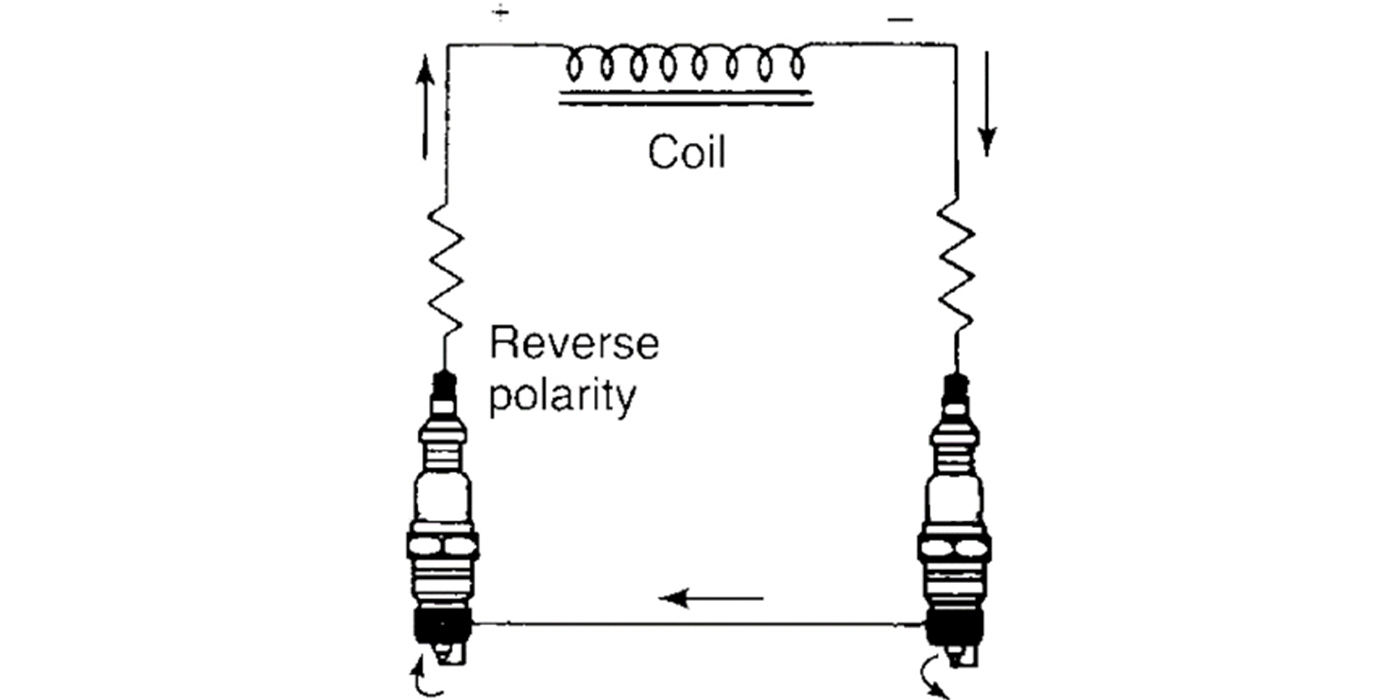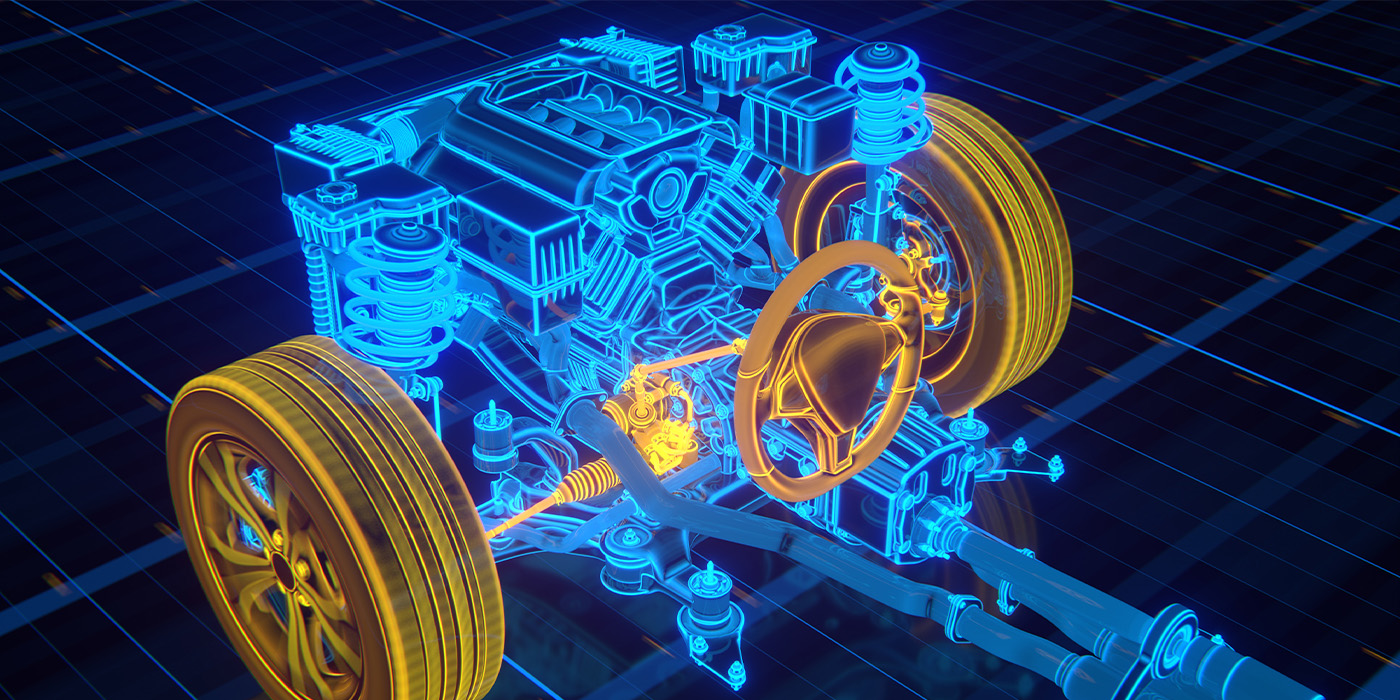Courtesy of TechShop Magazine
A scan tool is a computer like any other, and when buying a computer, you ask questions about the Central Processing Unit (CPU), graphics capabilities, memory, storage and other factors such as Bluetooth ability and the quality of a camera.
This gets overlooked at times when focusing on the features of a scan tool that benefit us directly, such as vehicle coverage. But, shopping for a scan tool should include a look at the internal and external components that affect the performance and durability of the unit.
Durability
We’re used to being careful with our computers, but our scan tools don’t have the luxury of a padded bag and clean, dust-free environment to live in. They’re going to get dirty, and we’re careful not to drop them, but it’s a possibility we will as some point. At minimum they’re going to get bumped and jostled and shaken from time to time. The construction of a scan tool and its resistance to impacts is important.
The Screen
Touch screens are the most popular style used on computers today, and there are two different types, capacitive and resistive. Resistive touch screens are made up of two flexible sheets coated with a resistive material and separated by an air gap. These work well, but the multiple layers tend to give the display a slightly blurry appearance, whereas a capacitive touch screen is optically flat, providing a very clear display. Capacitive screens are generally preferred and are also more sensitive than a resistive screen.
Some scan tools feature an additional level of protection for the screen identical to the screen protectors we’re familiar with for our cell phones. Look for this type of protection. Resolution is an indication of the ultimate clarity of the display. Generally speaking, the higher the better. It’s expressed in the number of pixels, width by height.
Operating Systems
The operating system is the brain of the scan tool, managing the memory, the processes and all the additional software and hardware. Most of us are familiar with these, and they’re an important part of the scan tool we choose. Common systems are known for having good support, regular updates and dependable operation.
The CPU is the part of a computer that executes the commands from the operating system. The more powerful the CPU, the more commands it can execute at the same time. Powerful scan tools use powerful CPUs by recognized companies, simply because they get the job done!
Memory and Storage
RAM (random access memory) and storage are two different things, but equally important. Storage is like an electronic filing cabinet; it’s permanent memory. Storage is usually ample in today’s computers but think about updates and how quickly technology advances. You can’t have too much. 250 gigabytes (GB) is a standard amount on most computers and tablets, and more than adequate for a scan tool.
RAM can be considered short-term memory. Data and information from storage is loaded into RAM any time software is launched, so the computer can quickly access it. When you’re accessing multiple files or programs or using graphic-intensive software, RAM is what allows this to happen at high speed. 8 GB of RAM is standard for most computers, and more is generally only needed for things like gaming, video production and graphic design.
Camera
Megapixels determine how much detail the camera can capture. Typical cameras used in electronics and security today are 4 megapixels (MP) or higher, which is more than adequate for what we need. The higher the number the better, but consider that most professional photographers use cameras with between 20 and 30 MP. These high resolutions, primarily a benefit only for printing a large image, are simply not necessary for our use of a camera on a scan tool, which is why you won’t see those high numbers associated with one.
Bluetooth
Bluetooth is a wireless technology that transmits data over a short distance. The nicest advantage of a Bluetooth-equipped scan tool is its communication with the OBD dongle, so we’re not strapped to the car with a short cord. It’s a great feature! TS














